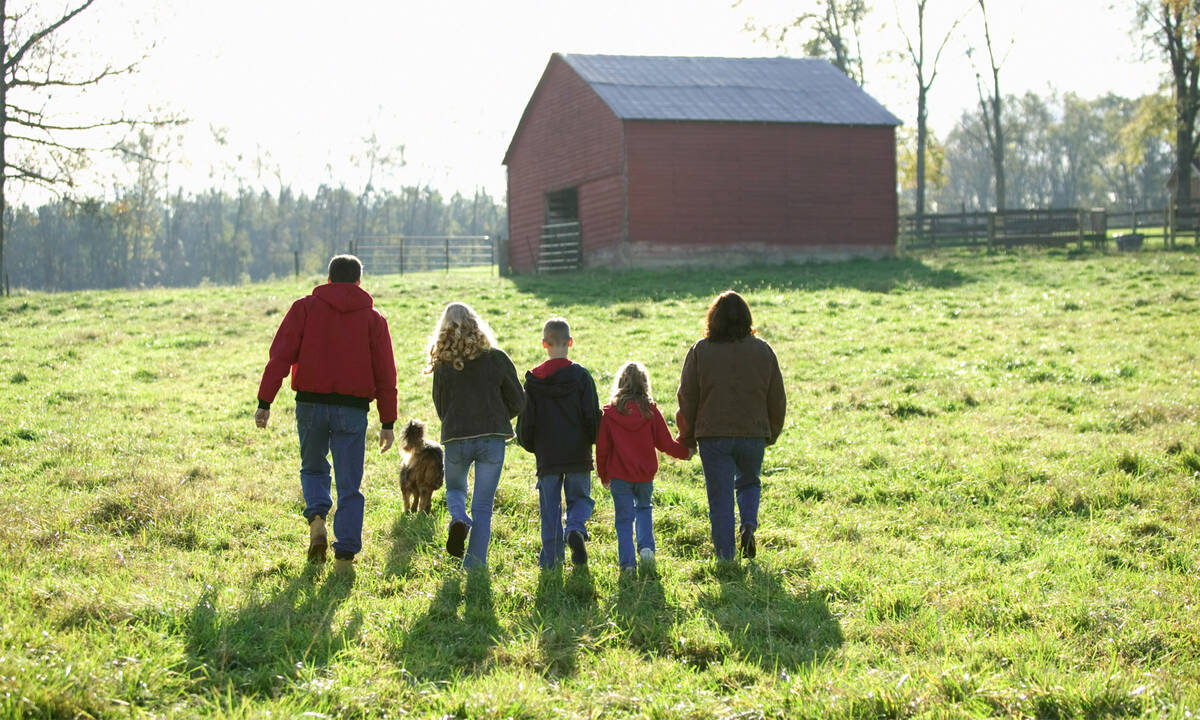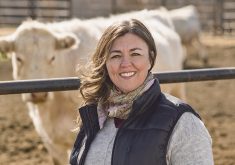Somehow, how farmland rental rates get set remains one of the mysteries of the universe despite being so hotly debated in social media. Whether you’re a renter or a landlord, everyone is endlessly fishing for details about what the neighbour is charging or paying, although it’s easier to crack a bank vault than pry that information out.
“It’s a dark market. We don’t know what the average land rental rates are for a given area,” says Darren Bond, farm management specialist with Manitoba Agriculture, who fields more calls on this topic than any other. “We do have some rules of thumb, but it’s all dependent on the area…That’s one of the reasons why there’s so much attention and focus on this — just because it’s hard to know these things.”
Farm Credit Canada (FCC) isn’t sure either. Early in 2024, it was still compiling the data for its 2023 farmland rental rates report, and although it was already sure that rental rates did rise last year, continuing recent trends, the size of the increase isn’t clear yet.
Read Also

Tips for how to be fair to all siblings during farm succession
family walking through a field
What’s changed in recent years is that farmland rental has essentially become a market, similar to any commodity market. Also changing is the role of interest rates.
On one hand, higher interest rates tend to slow land value increases and thus may weaken upward pressures on rental rates. On the other, if a landowner is looking at their land asset from a purely investment standpoint, they are well aware that they might earn a higher return if they were to sell the land and put the cash into the financial market right now, so that gets reflected in the rates they will charge for renting it.
“Over the long term, higher interest rates tend to pressure and elevate land rental rates relative to the cost of owning land,” says J.P. Gervais, vice-president of economics, insights and valuations, and chief economist with FCC.
Using rent-to-price ratios
Many farm business advisors and other financial professionals talk about rent-to-price ratios — basically the cash rental rate divided by the current land value per acre. This ratio can cast a little bit of light on the average cash rents farmers are paying in different areas. For 2022, FCC says the average rental rate per acre in Ontario was 1.4 percent of farmland value, while in Saskatchewan it was 3.1 percent. It was 2.6 percent in Alberta and 2.4 percent in Manitoba.
The sticky part of that particular equation is that, because land values have increased so much over the past 15 years, values have surpassed the productive capacity of the land. This makes basing cash rents on those inflated prices dangerous.
Agriculture has seen a lot of change over the past years as commodity prices have increased along with land values, dragging land rental rates along with them. Landlords are aware that long-term grain prices have been trending up and that’s led to discussions between owners and renters about how to set a fair land rental rate.
“While there’s no real surveys out there, the anecdotal information that I’ve been hearing is that land rental rates are generally increasing,” says Bond.
According to FCC, 2023’s crop was the most expensive crop ever put in the ground because of high input prices when compared to 2022.
The fly in the ointment is that as commodity prices have increased, so have production costs, especially for inputs like fertilizer. This is putting a squeeze on producers’ margins. Manitoba Agriculture’s new 2024 Cost of Production calculator, among many others, suggests that for many crops, these high variable input costs will mean break-even returns or very minor profitability.
“The last couple of years we’ve seen things go up and people then think we’re on an elevator that only continues to go up, but now we’re in this margin squeeze situation, it’s going to be interesting to see how that plays out with land rental rates,” Bond says. “The last couple of years have been good so there’s some financial health on farms that I believe will provide a floor for the land rental rates. But there could be some pressure on land rental rates in the future, even if we don’t see it in 2024.”
That combination of market forces will inevitably driver rental rates lower as farmers have a harder time making a profit if land rental costs are too high. How much, though, is anyone’s guess.
A dynamic driving creative solutions
Farmers can only afford to pay so much for land rent, based on the returns they expect from their crops. But at the same time, renting becomes more attractive — maybe even necessary — when farmers can’t afford to buy more land. This has created an interesting dynamic.
As it gets more difficult for farmers to make large land purchases, renting becomes more popular. At the same time, landlords can receive a stable rate of return by renting land, compared to investing in wildly fluctuating stock markets.
Against this backdrop of interdependency, how do landowners and renters meet in the middle? What new scenarios or arrangements can they try to ensure reasonable benefits on both sides?
Most land rentals are still basic cash rents renegotiated on a year-to-year basis, with generally minor rate changes based on the situation and outlook at the time.
Crop-share arrangements haven’t been popular over the past few years, largely because they are complex and require a lot of trust and faith by both parties.
That said, Bond has seen a few farmers and landlords experimenting with more flexible arrangements that include a floor price and a ceiling price based on crop yield. If there is an average yield, an average cash rent is paid based on a pre-agreed schedule. If the crops are good, more cash rent is paid as a top-up. The advantage for farmers is that they can mitigate some of their cash rent risk by sharing some profit in the good times and receiving a small break when the crops aren’t as good.
Any flexible arrangements require a degree of trust by both parties. Arguably the most profitable arrangements for both farmers and landlords come from finding good people to work with, having open and honest communication, and from building relationships over the long term.
“I’m constantly encouraged when I speak to landlords, that they know that that relationship is very important and teaming with a farmer will lead them to long-term profitability,” Bond says. “That is still a huge part of the farmer tenant/landlord relationship and hasn’t changed. With higher dollar values coming in, it’s even more important to work with good people on both sides.”
In some parts of Canada, landlords seeking to determine fair market rent are resorting to tenders or advertising but there hasn’t been as much of that across the Prairies yet, demonstrating that landowners still value their relationships for the most part with their renters.
Longevity is the grand prize
As important as rental rates are, longevity is also crucial for many farmers, but it can be hard to secure a long-term rental agreement, especially in a climate of increasing land prices. When a farmer structures their farm size and equipment to a certain capacity, losing land through expiring rental agreements can threaten the whole farm.
“If you build a farm machinery base, based on, say, 5,000 acres, and all of sudden you lose some large contracts and you’re down to 3,500 acres, it upends the cost of production and the potential profitability of that farm,” Bond says. “It’s important to maintain that land and equipment ratio.”
With less and less farmland coming available to rent or buy, farmers are looking to get agreements for multiple years where they can. Increasingly a handshake won’t do, they require a written, signed contract.
What will 2024 bring?
Gervais suspects that any increase seen in rental rates in 2024 will likely be lower than the 2023 increase, just because the factors that lead to the increase are expected to weaken. Experts predict interest rates should come down and the market for farmland slow somewhat. Commodity prices are as volatile as ever, but there is a lot of upside potential, depending on how the global weather situation pans out in the year ahead. But input prices don’t look set to come down significantly, so overall rental rates should stabilize simply because farmers can’t reach any deeper into their pockets to pay high rent prices.
– This article was originally published in the February 27, 2024 issue of Country Guide.
















